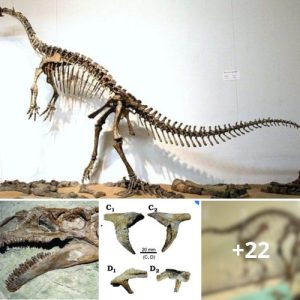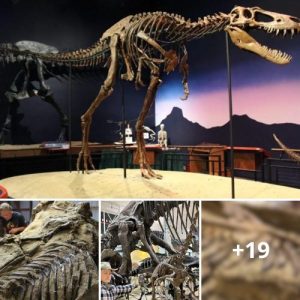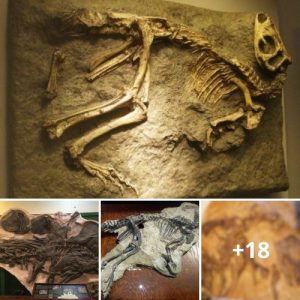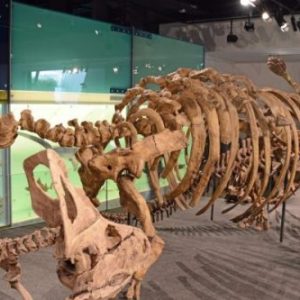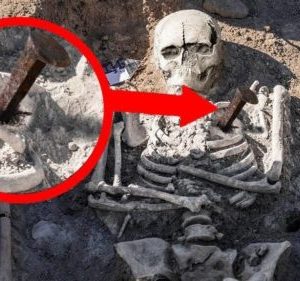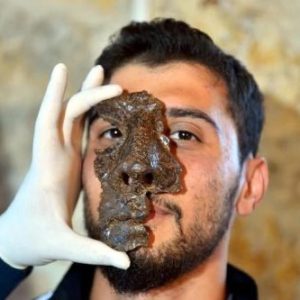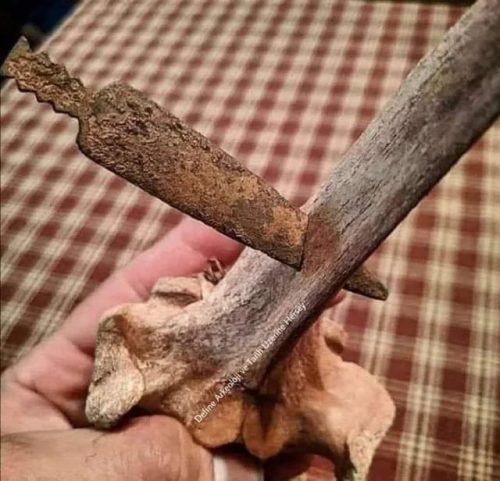
The annals of history are filled with tales of epic battles and wars that have shaped the course of civilizations. One such chapter in history is Roman Gaelic warfare, which left an indelible mark on the annals of time.
The clash of two powerful forces, the Roman Empire and the Celtic tribes of Gaelic, resulted in a series of brutal conflicts that have captured the imagination of historians and archaeologists for centuries. In recent years, these conflicts have resurfaced in an unexpected and haunting way, as evidence of bones pierced by spears continues to emerge, bearing witness to the relentless brutality of those ancient battles. In this article, we will delve into the intriguing discoveries and the enduring legacy of bones bearing the scars of Roman Gaelic warfare, even after 2070 years.
I. Unearthing the Past
Roman Gaul, encompassing modern-day France, Belgium, and parts of Switzerland, was a strategic frontier for the Roman Empire. It was also home to a diverse range of Celtic tribes, collectively referred to as Gauls, who fiercely resisted Roman conquest. The epic battle between the disciplined Roman legions and the fierce Celtic warriors unfolded over several centuries.
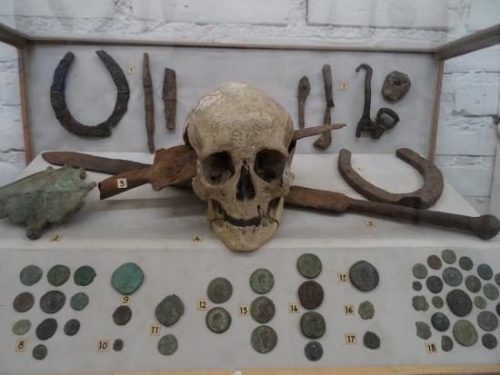
Recent archaeological excavations in the regions once inhabited by these Celtic tribes have unearthed a remarkable and chilling find: bones bearing the unmistakable marks of spear wounds. These skeletal remains offer a poignant glimpse into the harrowing brutality of Roman Gaelic warfare. The wounds are vividly etched into the bones, a haunting testament to the relentless nature of these ancient conflicts.
II. The Anatomy of Warfare
To understand the significance of these pierced bones, we must first appreciate the dynamics of Roman Gaelic warfare. The Romans were known for their disciplined and well-organized legions, equipped with advanced weaponry and tactics. In contrast, the Celtic tribes, while fierce and passionate in battle, relied on more rudimentary weaponry and less structured formations.
The clash between these two forces often resulted in brutal hand-to-hand combat. Roman soldiers, armed with gladii (short swords) and pilum (javelins), engaged the Celts, who wielded spears and long swords. In the chaos of battle, spears were frequently used for thrusting and thrusting with great force, resulting in wounds that penetrated deep into the bodies of their foes.
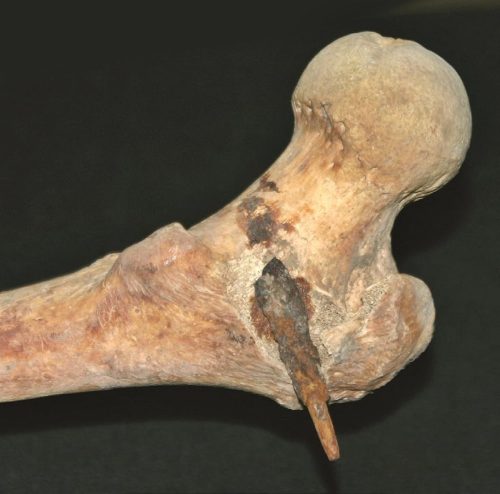
III. The Eerie Discoveries
Archaeologists and historians have uncovered numerous skeletal remains that tell the gruesome tale of Roman Gaelic warfare. Among these discoveries are bones with unmistakable signs of piercing trauma, often concentrated in areas such as the ribcage and skull. These wounds are a poignant reminder of the ferocity of these ancient battles.
What makes these findings even more haunting is the fact that many of these pierced bones have remained intact for over two millennia. The process of mineralization, wherein minerals gradually replace the organic matter in bones, has preserved the skeletal evidence of these long-forgotten battles. It’s as if the very bones of those who fought and perished in Roman Gaul are reaching out through time to tell their stories.
IV. The Legacy of Roman Gaelic Warfare
The legacy of Roman Gaelic warfare extends far beyond the battlefield. It has left an indelible mark on the history, culture, and identity of modern-day Europe. The resistance put up by Celtic tribes against the Roman Empire has become a symbol of defiance and resilience.
Additionally, the archaeological evidence of pierced bones serves as a poignant reminder of the human cost of war. These are not just dry historical artifacts; they are the remains of individuals who lived, fought, and perished in the maelstrom of ancient conflict. Their stories, though untold in words, are etched into their bones for all time.
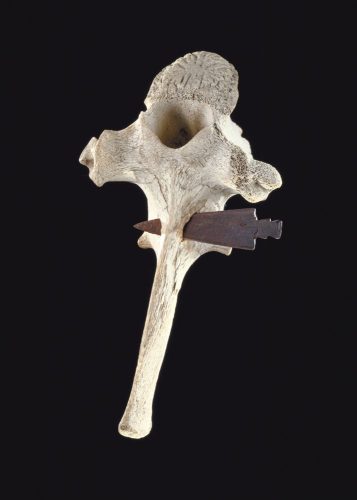
Conclusion
The discovery of bones pierced by spears in Roman Gaelic warfare is a testament to the enduring power of history. It allows us to connect with the past in a visceral and haunting way, reminding us of the sacrifices made by those who came before us. These skeletal remains, preserved for over 2070 years, speak volumes about the brutality of ancient warfare and the resilience of the human spirit.
As we contemplate these chilling discoveries, let us not forget the lessons they hold. Let us strive for a world where the piercing of spears is replaced by the forging of alliances, and where the scars of war are supplanted by the bonds of peace. In doing so, we can honor the memory of those who fought in Roman Gaul and ensure that their sacrifice was not in vain.

